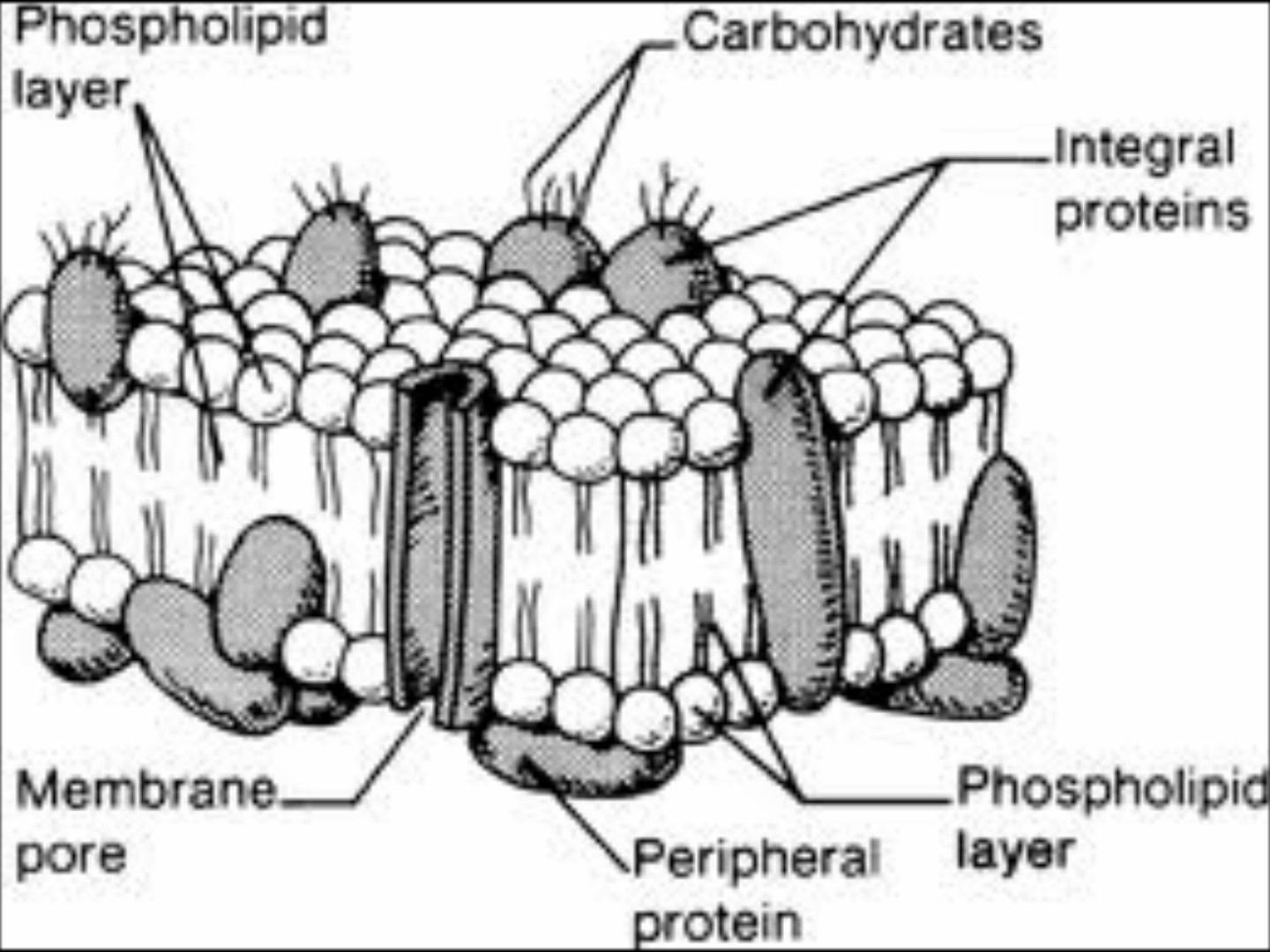

Schematic representations of three types of membrane lipid.

It consists of a hydroxyl group (which is the hydrophilic ‘head’ region), a four-ring steroid structure and a short hydrocarbon side chain ( Figure 1c). Cholesterol has a quite different structure to that of the phospholipids and glycolipids. Sterols are absent from most bacterial membranes, but are an important component of animal (typically cholesterol) and plant (mainly stigmasterol) membranes. Glycolipids can contain either glycerol or sphingosine, and always have a sugar such as glucose in place of the phosphate head found in phospholipids ( Figure 1b). Phospholipids can also be sphingophospholipids (based on sphingosine), such as sphingomyelin. Serine and ethanolamine can replace the choline in this position, and these lipids are called phosphatidylserine (PS) and phosphatidylethanolamine (PE), respectively. An example of a glycerophospholipid that is commonly found in biological membranes is phosphatidylcholine (PC) ( Figure 1a), which has a choline molecule attached to the phosphate group. Phospholipids containing glycerol are referred to as glycerophospholipids. Phospholipids consist of two fatty acid chains linked to glycerol and a phosphate group. Three types of lipid are found in biological membranes, namely phospholipids, glycolipids and sterols.


 0 kommentar(er)
0 kommentar(er)
